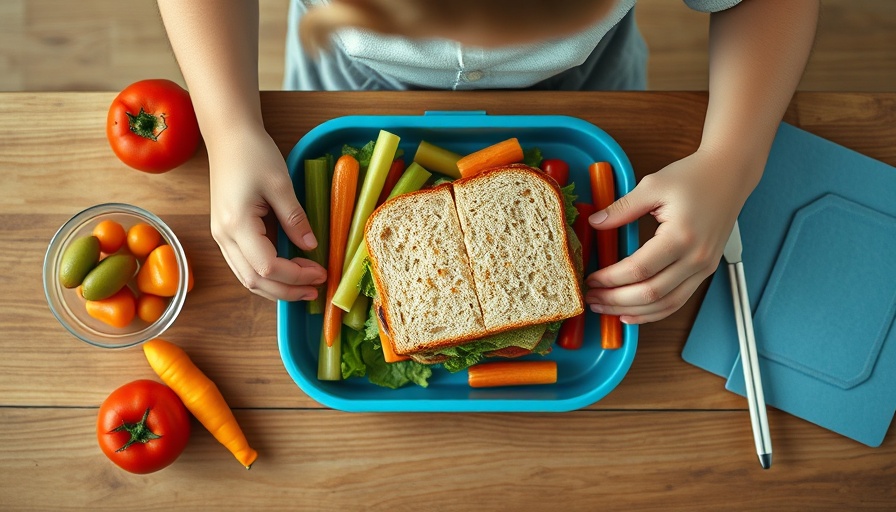
Understanding School Lunches: The Key Nutritional Needs of Kids
School lunches stir up nostalgic memories for many, with fond recollections of grilled cheese sandwiches and tomato soup lingering in our minds. However, as we reflect on those meals, it's crucial to also consider what children today are actually receiving when they dine at school. According to experts from the Mayo Clinic, the nutritional needs of school-age kids differ significantly from those of adults, emphasizing the importance of providing balanced and nutritious meals during the school day.
In 'School Lunch: To Buy, or Not To Buy? | Mayo Clinic Kids Podcast,' the discussion dives into school lunch options and their nutritional impact, prompting a closer look at what kids are really consuming.
Healthy Choices: Parents' Roles in School Lunch Decisions
As parents, it's common to feel pressed for time, worrying about whether to pack a lunch or rely on school meals. With an estimated 30 million children participating in school lunch programs across the U.S., it's vital to understand how these options meet nutritional needs. Ideally, children should receive a variety of foods that include whole grains, fruits, and vegetables, in addition to sufficient calories to fuel their growing bodies. Parents are encouraged to engage their kids in discussions about their lunch choices, allowing them to participate by selecting what they will eat. This can help foster healthy eating habits while making them feel empowered to make their own decisions.
What Makes a School Lunch Successful?
A successful school lunch program not only provides students with meals that meet federal nutritional guidelines but also engages them in the joy of social meal experiences with friends. Integrating local produce into lunches can excite students about trying new foods, enhancing the overall lunch experience. Programs that allow students to eat with their peers can help them appreciate the value of sharing meals, making it less about nutrition alone and more about fostering community—a significant aspect of healthy eating.
In Short, What Can Parents Do?
The question of whether to buy or pack lunches can be challenging for many caregivers. Luckily, it doesn't always have to be a choice between one or the other. Parents can advocate for their child's dining needs by communicating with school officials to ensure the availability of healthier options, or they can lean towards packing healthy lunches that cater to their child's preferences. By promoting simple, nutritious meals, parents can ensure that their children are energized and ready to tackle whatever the day brings.
 Add Row
Add Row  Add
Add 




Write A Comment